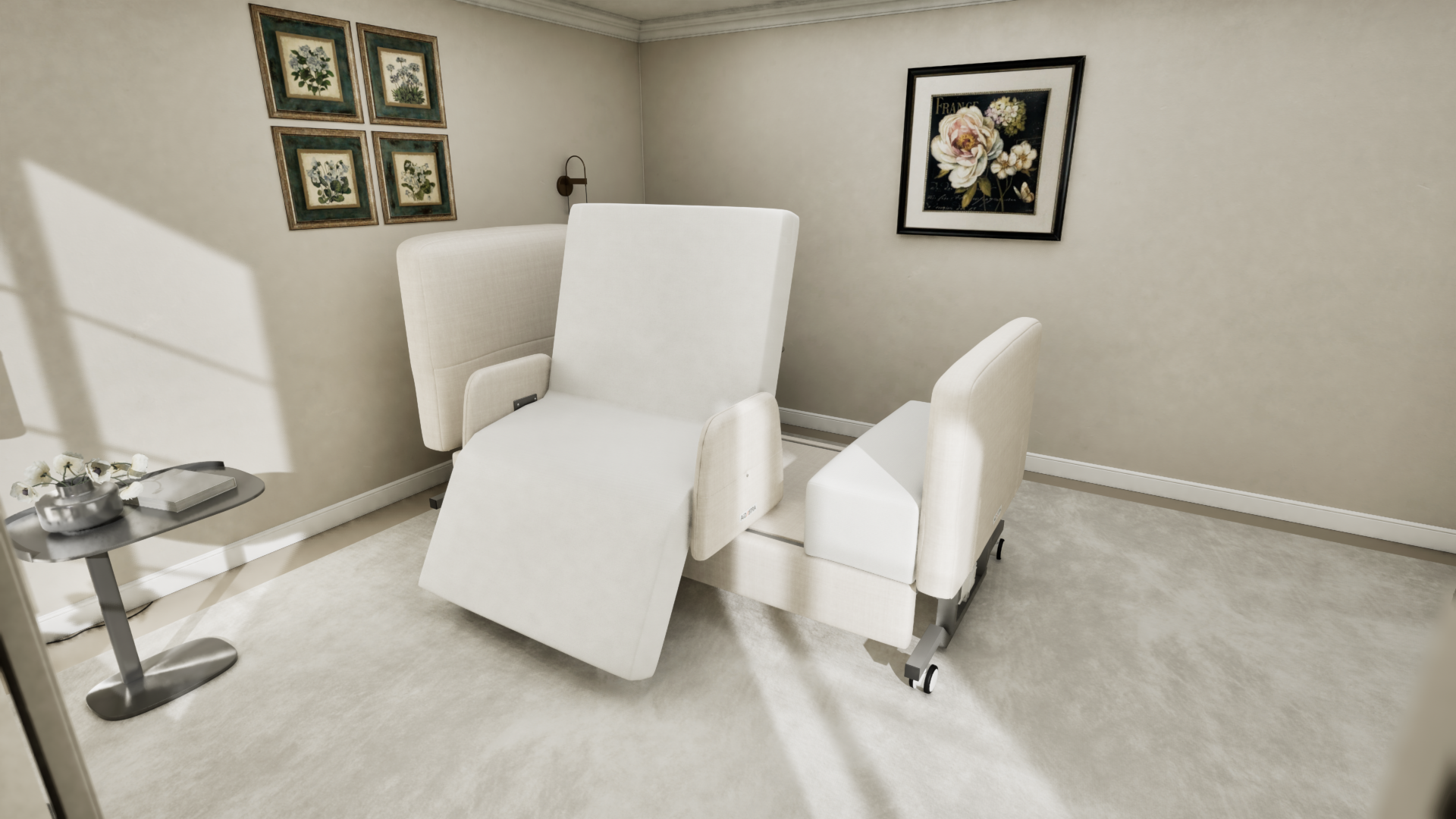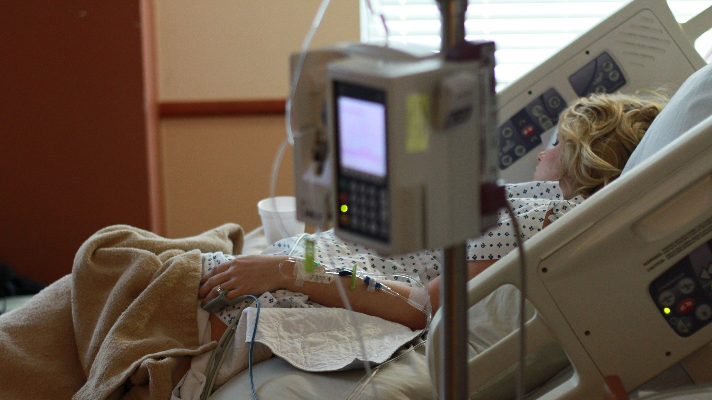The Ultimate Guide To Hospital Beds For Home Use
The Ultimate Guide To Hospital Beds For Home Use
Blog Article
About Hospital Beds For Home Use
Table of ContentsHospital Beds For Home Use for BeginnersHow Hospital Beds For Home Use can Save You Time, Stress, and Money.Excitement About Hospital Beds For Home UseAll about Hospital Beds For Home UseHospital Beds For Home Use for DummiesNot known Facts About Hospital Beds For Home UseGetting The Hospital Beds For Home Use To Work
There are 3 main types of healthcare facility beds: handbook, semi-electric, and fully-electric. These beds use hand cranks to readjust the bed's height and increase and lower the head and the foot.
Semi-electric beds have an electric motor to raise and decrease the head and foot parts of the bed. People and caregivers adjust the placing by pushing buttons making use of a hand necklace. The height of the bed is changed by hand with a hand crank. Full-electric beds have an electrical motor that can increase the head and foot sections of the bed as well as the entire height and positioning of the bed.
Indicators on Hospital Beds For Home Use You Need To Know
There are numerous kinds of hospital beds, each created to meet certain person demands. Right here are some usual types: This is the most usual type of healthcare facility bed, made for basic clinical use.
Reduced to the ground than a standard bed. This type of bed is developed for bigger clients, with a bigger framework and greater weight capability than a common bed.
This sort of bed is created for seriously unwell individuals who call for open surveillance and specialized medical devices such as ventilators and mixture pumps. This kind of bed is created for usage during labor and delivery, with flexible settings and functions to sustain the mom and child throughout the birth process.
8 Easy Facts About Hospital Beds For Home Use Described
Multiple feature and the accessories execute increasing grip to various parts of the vertebra and the extremities without relocating the body. These are simply a few examples of the kinds of health center beds readily available. The details sort of bed used will depend upon the patient's condition, clinical needs, and other aspects.
Right here is the important things you need to recognize. A one-function healthcare facility bed is a medical bed that permits a patient to move just the head or foot section up or down. A 2 feature medical facility bed typically describes a sort of medical bed that has 2 flexible features to assist clients in hospitals or care facilities.

More About Hospital Beds For Home Use
A 7-function ICU bed is a sort of clinical bed that supplies numerous adjustable functions to sustain critically sick patients in a critical care unit (ICU) (hospital beds for home view use). The seven functions usually consist of: Backrest change: The back-rest can be adapted to different angles to assist the client sit up or relax easily
Height change: The bed can be elevated or reduced to make it simpler for people to enter and out of bed, and for caregivers to provide treatment. Trendelenburg setting: The whole bed can be tilted to promote blood flow and circulation in the body. Reverse Trendelenburg position: The bed can likewise be tilted in the opposite direction to promote blood flow and blood circulation in the top body.
1. What Dimension is a Healthcare Facility Bed? 2. Just how much Does a Medical Facility Bed Cost? 3. Why Do Health Center Beds Have Side Rails? 4. What Are The Key Health Center Bed Parts?. While even more budget-friendly than electric models, these beds need physical effort for changes. The main benefits of manual beds are their price and integrity, as they do not depend on power. Nonetheless, the need for manual effort can be a limitation in situations where quick modifications are required or where caretakers face physical challenges.
All about Hospital Beds For Home Use
Semi-electric medical facility beds offer a balance of guidebook and electrical controls. These beds give an optimal middle ground in between manual and totally electric options, offering simplicity of usage without the full expense of electrical designs.
Semi-electric beds check my site are appropriate for people who require modest adjustments to the head and foot areas but can handle without regular elevation adjustments. This makes them a cost-efficient option for those seeking convenience and benefit without the need for continuous repositioning. Completely electrical health center beds include electrical controls for smooth changes to the height, head, and foot sections.
Specialized health center beds, such as ICU beds, long-term treatment beds, and bariatric beds, are meticulously developed to resolve particular clinical requirements. These beds supply customized take care of diverse client teams, enhancing both end results and comfort. In the following sections, we will certainly explore the primary sorts of specialized health center beds, outlining their particular benefits and applications.
With years of experience in manufacturing electrical direct actuators - hospital beds for home use and close cooperation with the healthcare industry, TiMOTION is well-positioned to offer trustworthy healthcare services. Our up and down incorporated company manages every action of the production process, from design to actuator setting up, guaranteeing we supply outstanding worth and customized options tailored to your details needs
All About Hospital Beds For Home Use

For more information concerning integrating these modern technologies into your products, call us today. you could check here Further analysis:.
Data is sourced from the Medicare Expense Record.

Fascination About Hospital Beds For Home Use
A health center bed is a bed created specifically for clinical functions. It is not just a place for clients to relax, yet also a system for clinical operations. Unlike normal home beds, health center beds typically have adjustable features, which can promote medical personnel to make numerous modifications according to the needs of people, such as changing the height, inclination, and support angle of the back and legs of the bed.
Report this page